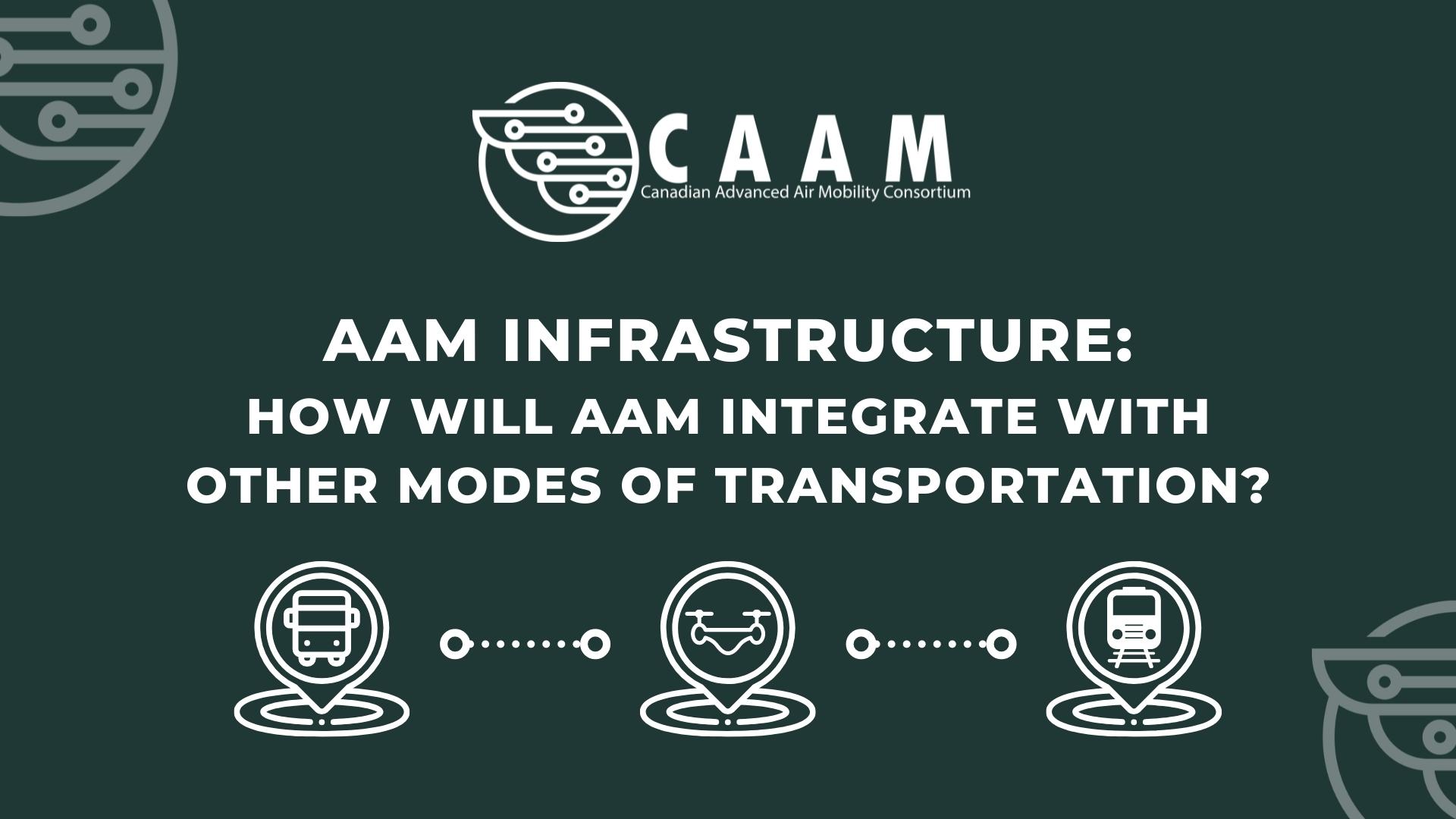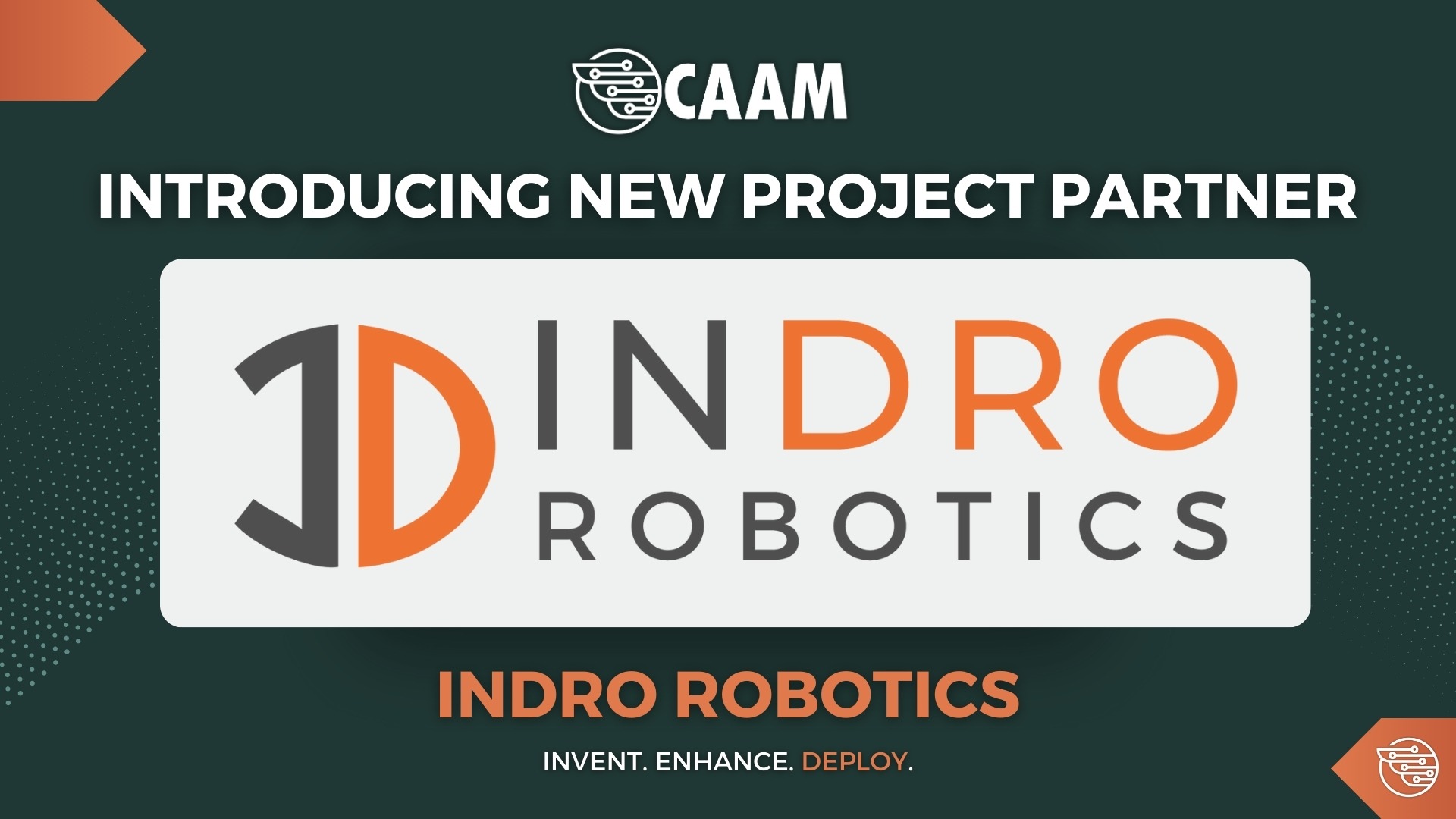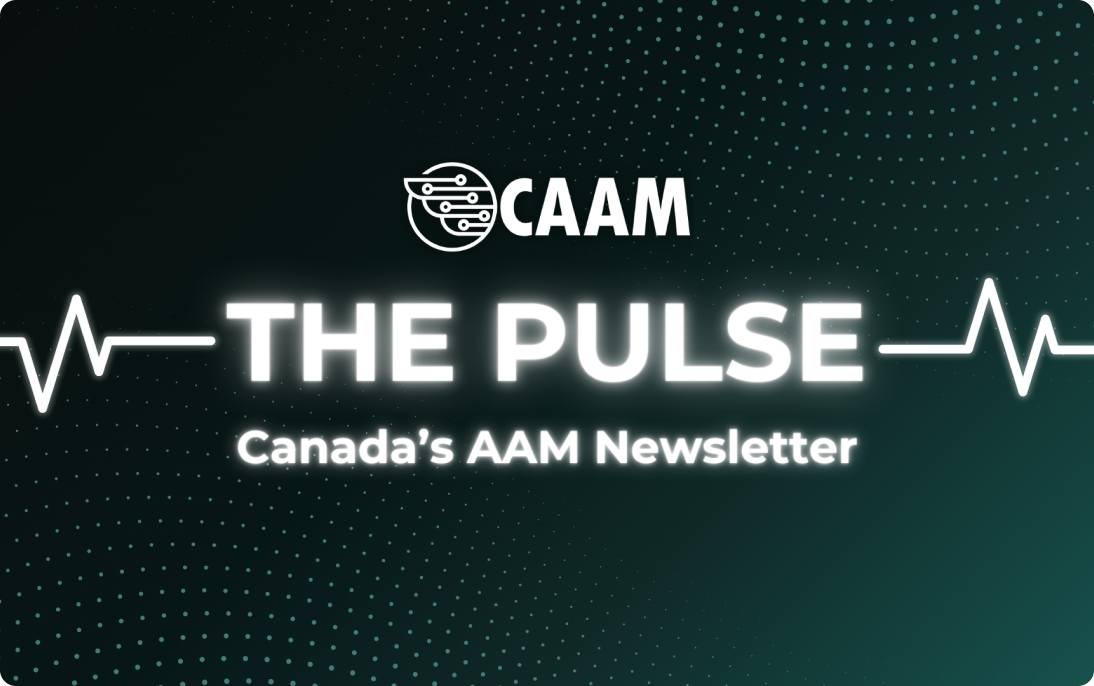 As with every complex question, there’s no one simple answer. In fact, before even thinking about starting to answer, it’s essential to break down the big question into smaller ones like, for example, “How will Advanced Air Mobility (AAM) physically integrate with other modes of transportation?” Or even “How will AAM mentally integrate with other modes of transportation? And what does ‘mental integration’ even mean?”
As with every complex question, there’s no one simple answer. In fact, before even thinking about starting to answer, it’s essential to break down the big question into smaller ones like, for example, “How will Advanced Air Mobility (AAM) physically integrate with other modes of transportation?” Or even “How will AAM mentally integrate with other modes of transportation? And what does ‘mental integration’ even mean?”
AAM infrastructure: How will AAM physically integrate with other modes of transportation?
Deloitte Insights’ article by Tiffany Fishman, Mahesh Kelkar, Avi Schwartz, and Rana Sen describes the foundation the San Diego Association of Governments (SANDAG) is laying for the future of transportation in the city.
-
Leverage technology, sensors, and connectivity to change the way roads are used and managed.
-
Develop a high-capacity, high-speed, high-frequency transit network, that includes new modes of transit and improvements to existing services.
-
Introduce new mobility hubs, with a range of travel options, to address first- and last-mile challenges and to deliver a more seamless travel experience.
-
Introduce flexible fleets of on-demand, shared, electric—and eventually, autonomous—vehicles that connect to transit within a mobility hub.
-
Build an integrated platform called “Next OS” that will serve as “the brain of the entire transportation system.” Next OS—central to achieving systemwide optimization—will turn integrated data into insights that planners can use to better manage transportation systems and the movement of people and goods. In its fully-realized state, this platform will help to create a “mobility marketplace,” nudging behaviors and creating a better real-time balance between supply and demand.
The mobility hub is one of the most critical keys to physically integrating AAM with other modes of transportation. Vertiports and vertistops won’t be widely available shortly because of the complexities of building and installing them. So it becomes imperative to strategically place them in cities to serve the biggest number of people possible, mobility hubs.
Using Vancouver, B.C., as an example, the Waterfront station is located in Downtown Vancouver and from there, people have access to buses, two SkyTrain lines (Expo and Canada), one commuter railway (West Coast Express), one passenger-only ferry (Seabus), and a HeliJet’s heliport. The Vancouver Harbour Flight Centre is approximately two blocks from the station. Passengers can reach anywhere in Vancouver, Metro Vancouver, Fraser Valley Regional District, and even farther away through regional airlines like Harbour Air from one place only.
Mobility hubs like that serve thousands of commuters daily, and because they have to be big (to accommodate all the passengers), it’s the perfect place to think about installing vertiports. Mobility hubs serve thousands of people daily, and their reach is, sometimes, bigger than expected.
Places like Waterfront station should be the first to receive vertiports because it’ll benefit more people daily than other places. But they’re not the only ones. Airports should also be at the spearhead of where to install these new take-off and landing facilities. But that presents its challenges,
Repurposing airside facilities will not be an easy task as AAM operations are fundamentally very different from traditional air carrier operations. Let’s take a single boarding gate and its corresponding holdroom as an example. For simplicity, we can assume that the passenger gate can accommodate a single narrowbody jet with 180 seats and a turnaround time of 60 minutes. If this single gate were to be converted to an AAM boarding area, it would support roughly the same passenger throughput, 180 passengers per hour. Assuming that most eVTOL [Electric Vertical Take-Off and Landing] aircraft will carry three passengers, the equivalent AAM throughput would be 60 aircraft departures per hour. Assuming a 10-minute turnaround time for eVTOL aircraft (accounting for deplaning, boarding, and battery charging) approximately ten eVTOL departures would need to occur simultaneously from a single boarding gate to match the passenger throughput equivalent of a narrowbody jet.
The Future of Advanced Air Mobility (AAM) and What it Means for Airports by InterVISTAS
AAM will physically integrate into other modes of transportation by having vertiports and vertistops strategically located on mobility hubs and airports. That’s it’s not without immense challenges, but when building infrastructure, especially mobility infrastructure, doesn’t it present enormous challenges?
How will AAM mentally integrate with other modes of transportation? And what does ‘mental integration’ even mean?
The answer needs to start with the latter; ‘mental integration’ is the integration made by the people that’ll use AAM. Vertiports, vertistops, AAM aircraft, etc., will be useless if people distrust and don’t use or protest against the innovations. So ‘mental integration’ is actually essential when implementing AAM. One could argue that nothing more is more critical than that.
Fortunately, the most fundamental element may be the easier to get. Once smaller operations and proof-of-concept flights begin, like Drone Delivery Canada (DDC) and Edmonton International Airport (EIA) and the Unither Bioelectronics Breath in the sky, start to rolling and proving that AAM is safe and can help transportation, the general public will begin to trust AAM which leads to the first part of the question, “How will AAM mentally integrate with other modes of transportation?”
Deloitte Insights and SANDAG offer a clue,
-
Integrated, frictionless travel: Transportation planners see a growing need to make travel more seamless, with minimal stoppages or checkpoints. This trend is manifesting in many ways, including mobility hubs that enable multimodal transportation, the rise of mobility-as-a-service (MaaS), platforms for ticketless travel, and innovations in micromobility and last-mile connections.
-
Customer experience: Transportation agencies and the broader mobility ecosystem are placing more emphasis on customer experience—putting the user’s needs front and center and making it easier to use digital transportation tools. They’re also simplifying in-person transactions at local departments of motor vehicles, providing better infrastructure for pedestrians, and offering more inclusive travel options in urban areas.
AAM will mentally integrate with other modes of transportation if people trust and see benefits from using the service. A frictionless experience (like vertiports on already used mobility hubs) with excellent customer experience (for example, faster than usual commutes) will ensure the mental integration of AAM.
Advanced Air Mobility must integrate physically and mentally with other modes of transportation. Physically, it must be in strategical places to serve the biggest number of people possible. Mentally, it must first earn the trust and then prove that it is better than the alternative. Those are two ways AAM will integrate with other modes of transportation.
By Giovani Izidorio Cesconetto



